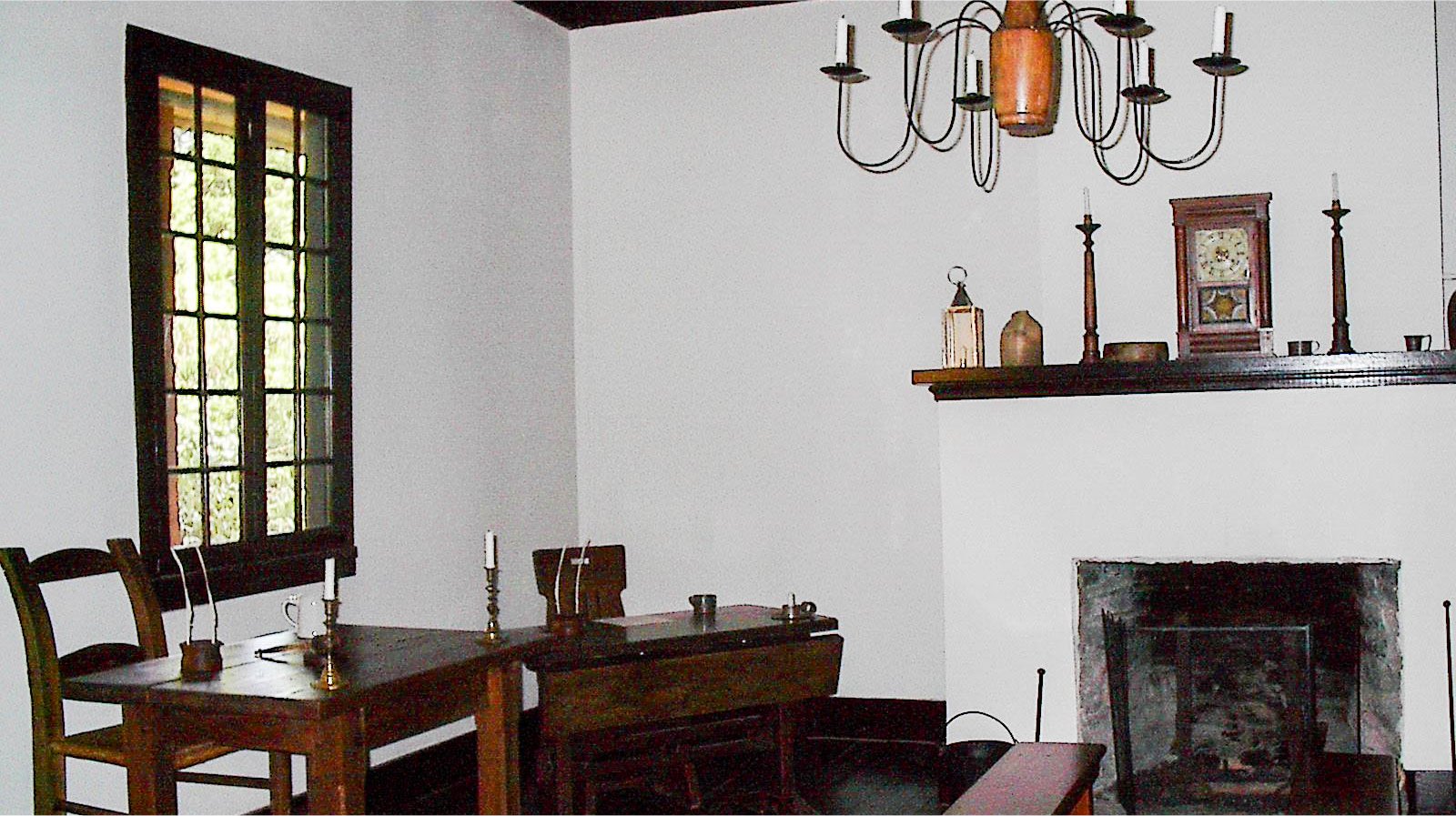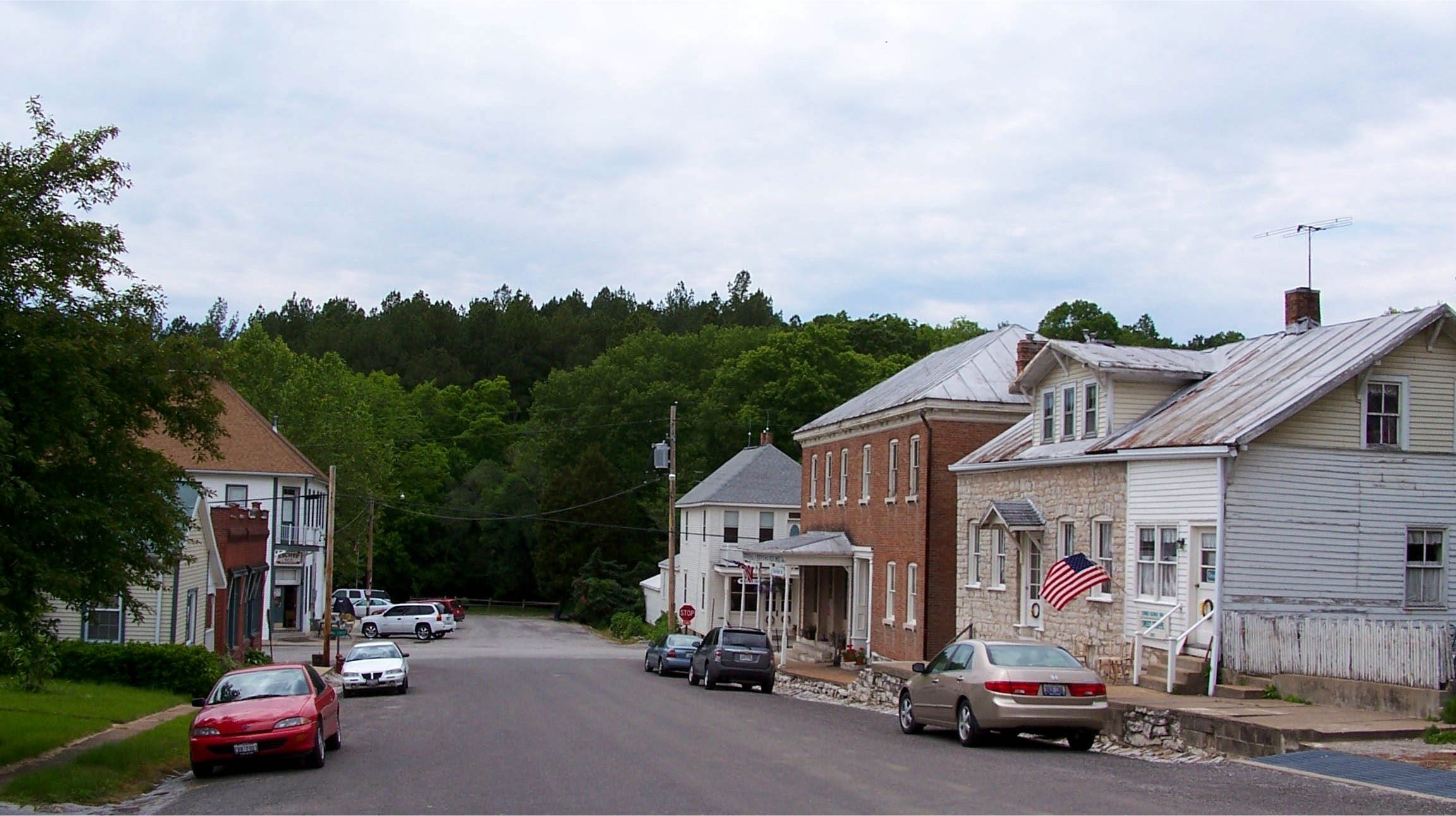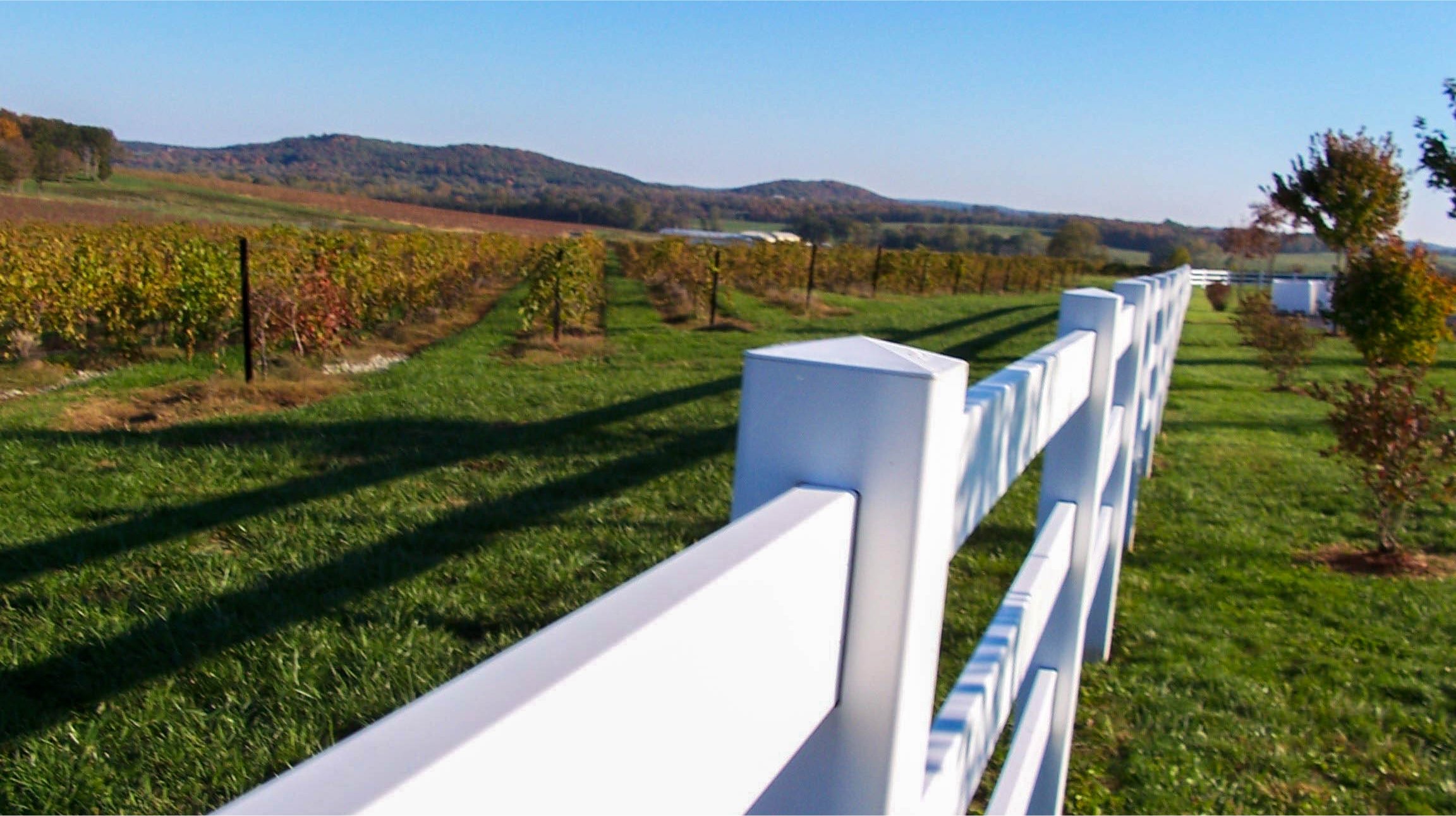107 Elm Street
Cahokia, Illinois
618-332-1782
Built about 1740 as a four-room private residence by Jean le Poincet and later purchased by Francois Saucier, son of the designer of Fort de Chartres, the Cahokia Courthouse is an example of the French Creole poteaux-sur-solle (post-on-sill) construction method which French settlers brought over their native Normandy in northern France. In this method upright hewn logs are seated on a horizontal log sill and the spaces between the logs are filled with stone and mortar chinking. This type of construction is different from the more familiar horizontal Anglo-American style and is quite rare with only about thirty buildings of this type left in North America.
When the Treaty of Paris was signed in 1783 ending the American Revolution, the Illinois Country came under control of the United States. In 1789 the Northwest Territory was created by the Continental Congress and in a ceremony in 1790 in Cahokia a proclamation issued by Governor Arthur St. Clair, the new governor of the territory, was read laying out the county that bears his name and establishing the county seat at Cahokia. In that same year the judges of St. Clair County began using the Saucier residence for use as an administrative center and courthouse, formally purchasing the building in 1793. The largest room was used as the courtroom with the other rooms being used as a judge's chamber, a multipurpose room that included the post office, and a meeting room for attorneys which also doubled as schoolroom when court wasn't in session. Originally St. Clair County was an immense territory almost as large as the state of Illinois, but as the years went by portions of the county were split off to form separate counties. For twenty-four years the Cahokia Courthouse served as a U.S. territorial courthouse and an important center of political activity in the Old Northwest. By 1814, with St. Clair County's jurisdiction decreasing to its present size, demands for a centrally located county seat, and floods constantly threatening Cahokia, the county seat was moved to the newly created town of Belleville.
By 1901 the former courthouse had deteriorated so badly due to floods and neglect that it was used only to store farm machinery and had been bought by an East St. Louis businessman who had it dismantled and reassembled for the 1904 Louisiana Purchase Exposition in St. Louis as a classic example of early French Creole architecture. The structure at the Exposition was only about half the size of the original with leftover timbers reportedly made into wooden cigars and sold as souvenirs at the Fair. After the Exposition the Chicago Historical Society purchased the courthouse and a small structure was constructed from the materials on Wooded Island in Jackson Park. The building stood there until 1939 when it was returned to Cahokia.
Reconstruction of the courthouse in its current form began as a WPA project. Archaeological investigations of the original site began in 1938 and uncovered the original foundations, fireplace footings, fragments of porch columns, domestic objects and fragments of ironwork. In 1939, following a study of photographs, sketches of the building, and of French Creole construction methods, the courthouse was dismantled and shipped to Cahokia with great care. All of the logs returned from Chicago were incorporated in the reconstruction. The courthouse was dedicated May 20, 1940 as a reminder of the "splendid heritage" of the citizens of Illinois.
The courthouse now rests on its original foundation of stone nearly two feet thick. Walnut beams extend the cantilevered roof over the porch. Inside, the courtroom has been refurbished to the way it would have been in the early 19th century and the other three rooms contain exhibits that illustrate French colonial life, the history of the courthouse, and Lewis and Clark’s experience in Cahokia during the winter of 1803-04 and the role of post offices in colonial America. The Cahokia Courthouse is the centerpiece of the Colonial Cahokia State Historic Sites complex that also includes the Jarrot Mansion, the Martin-Boismenue House, and a Visitors Center. Information can be obtained at the Visitors Center about the Holy Family Log Church and other area attractions.
The Lewis and Clark Connection
“I came to at 3 oClock at the Kohokia Landing, which is at the mouth of Kohokia Creek ¾ of a mile from the town, and in view of St. Louis which is about 2½ miles distant.” With this entry William Clark signaled a six-month relationship with the village of Cahokia. As Cahokia was the local seat of American government in the region and contained the westernmost post office of the United States, the Cahokia Courthouse was used often by the Expedition to send official communications as well as personal correspondence as noted by Clark in this December 13, 1803 entry: “…Sent off C Floyd to Koho [Cahokia] with Letters for Capt Lewis to put in the post office…”
Visit our special Lewis and Clark Section to learn more about the Corps of Discovery’s experience during their stay in the Middle Mississippi River Valley. greatriverroad.com’s special coverage includes information on all of the region’s sites and events as well as supplemental articles relating to the expedition’s experience during the winter of 1803-04.
Visiting the Cahokia Courthouse
Visiting Hours
Thursday - Saturday: 9 am - 5 pm
Closed on Major Holidays
There is no charge to visit the Cahokia Courthouse, although donations are appreciated.
Explore the community of Cahokia, Illinois area.
















